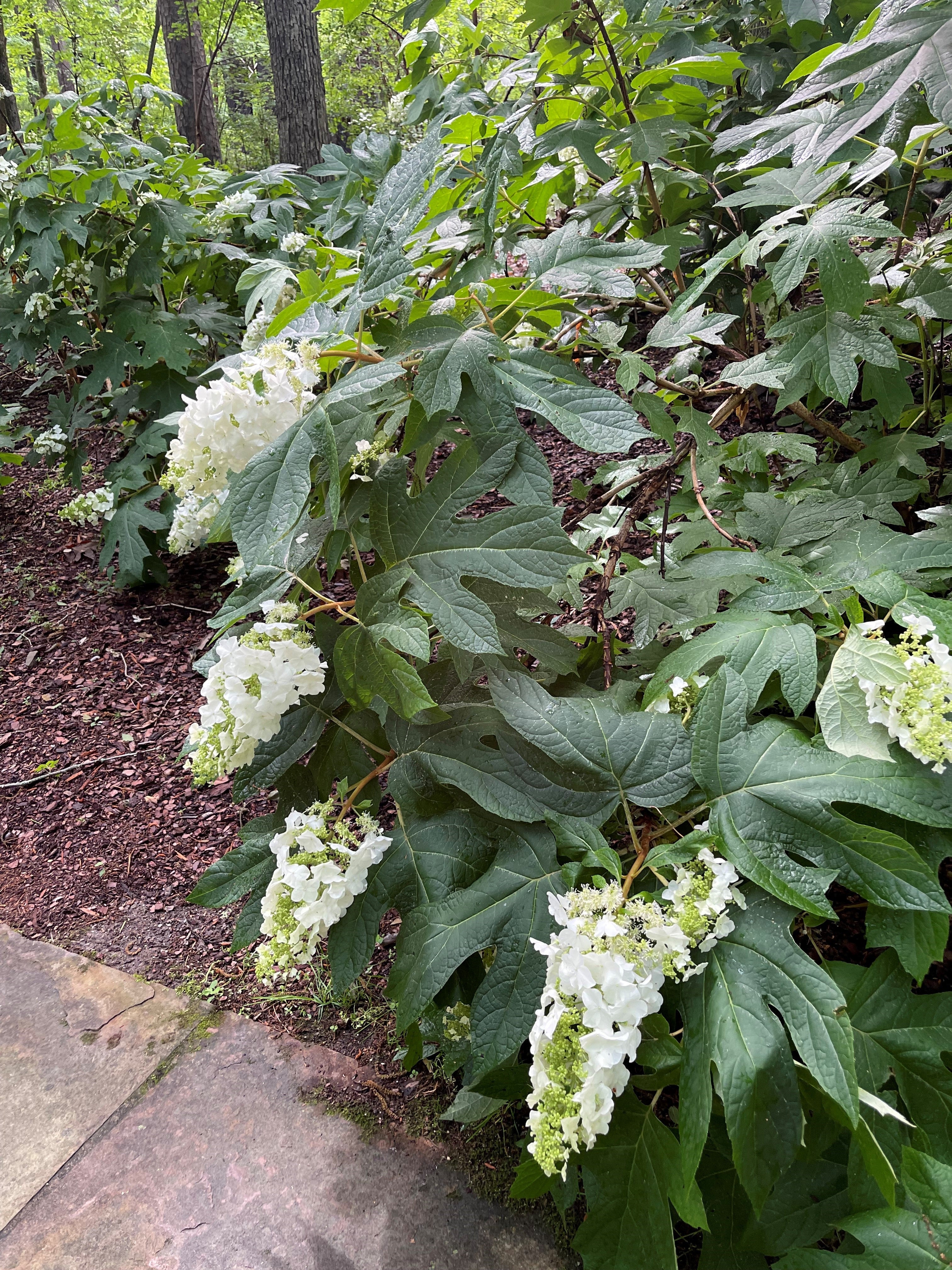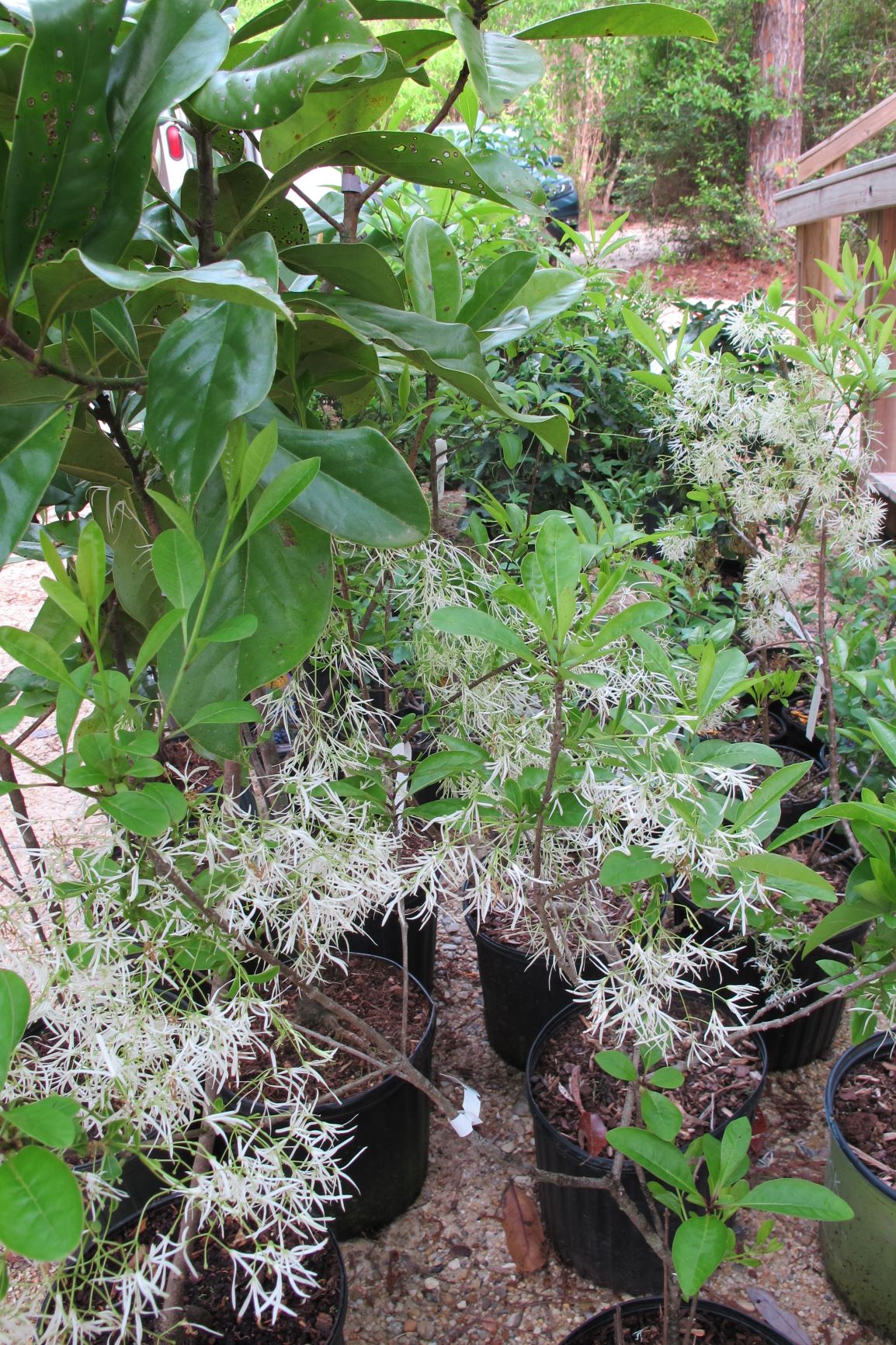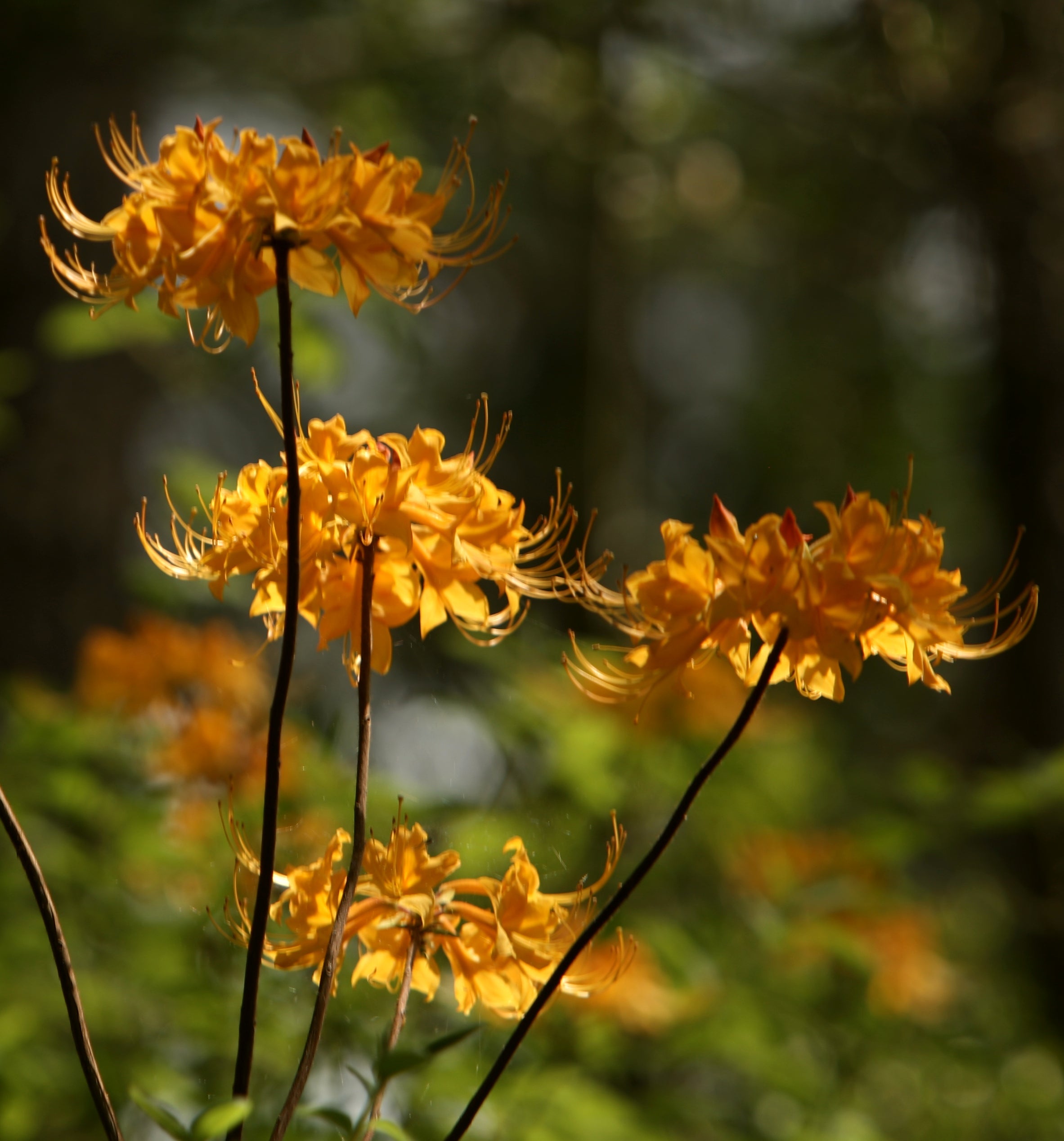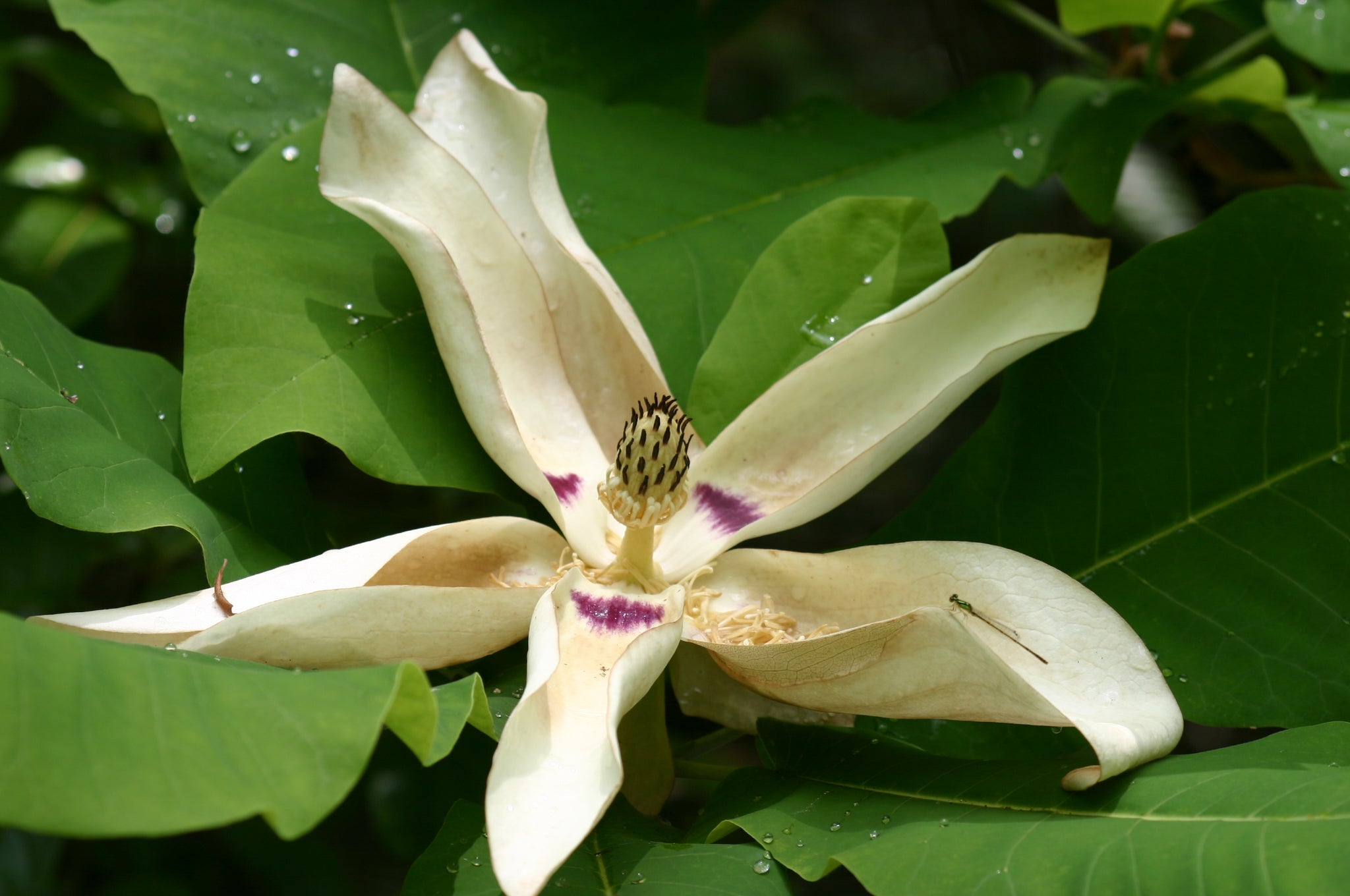Outstanding Mississippi native plants for fall planting projects
Published 1:02 pm Monday, September 5, 2022
By Patricia Drackett
Director of the Crosby Arboretum and
assistant extension professor of landscape architecture with the Mississippi State University Extension Service.
Keep your fingers crossed for cooler temperatures to make an appearance before too long, hopefully giving us some cooler weather for spending time outside to tackle a few fall landscape projects to give the yard a facelift and to prepare for that fast-approaching holiday season. Fill some containers with colorful low-maintenance perennials at your front porch or entrance area, or include some new shrubs or trees with flowers, fruit, or colorful leaves that will provide some seasonal interest next year.
Planting during the dormant season in fall and winter will provide you with an extended period of time for roots to become established before hot weather return. And what better place to find a nice selection of Mississippi native plants that will prosper in our local conditions than the Crosby Arboretum’s fall plant sale? Over the next month and a half we will be busy searching for plant material and adding some finishing touches on the trees, shrubs, and perennials we’ve been growing this year. We’re pleased to create an exceptional selections of plants for local gardeners, especially when we can located fruiting species such as mulberry, native plums, mayhaw, and American persimmon.
We’ve always on the outlook for Bigleaf magnolia trees. This is always a popular tree at the Arboretum’s plant sales. You can see an example of one of these deciduous magnolias when you cross over the first bridge on our Arrival Journey and approach the Visitor Center. Bigleaf magnolias leaves may measure up to three feet in length. The tree also has awesome spring blooms.
Ashe’s magnolia has a similar appearance to bigleaf magnolia, but has shorter leaves, up to two feet in length. It produces blooms on much younger plants than bigleaf magnolia, which can take 10 to 15 years to produce a flower. An Ashe’s magnolia, however, may begin to bloom in only four years. Both magnolia species prefer rich, moist, well-drained soil and are at home in the forest understory, although full sun conditions will produce a straighter plant with more abundant blooms.
Oakleaf hydrangea and native azaleas are popular garden shrubs we also always try to carry at our fall sale. Oakleaf hydrangea has large, coarse-textured leaves and gorgeous white clusters of flowers. In fall, their scarlet hues rev up the temperature of your garden.
Native azaleas, like typical ornamental azaleas, don’t tolerate drought conditions well, or low, poorly drained areas. They prefer moist, well-drained acidic conditions and enjoy some shifting shade of tree canopies. The shrubs will also prosper when given a layer of composted leaf litter or pine straw to help retain soil moisture.
On your next walk at the Arboretum, pay close attention to where you see native azaleas thriving – such as along the edges of our water bodies, and bordering our pathways. Then, locate your own native azaleas in similar conditions.
Grancy greybeard is an old-time favorite, also called fringe tree. It has unusual airy white fringed flowers that light up the spring garden. It has a sweet but not overpowering fragrance and works well in the wildlife garden or as a specimen tree. Although it too prefers a moist, well-drained soil, it will tolerate drier conditions.
Many of the shrubs we tend to offer make excellent choices for your wildlife garden – for example, beautyberry, which is now gracing local roadsides, turns heads with its brilliant magenta fruits clustered in balls around the stems. It’s an undemanding shrub, easy to grow in sun or shade. Arrow-wood viburnum, winterberry holly, inkberry holly, and dahoon holly are also attractive shrubs and dependable berry producers.
These are only a few of the many selections that we will planning to carry at October’s fall native plant sale in October. Whatever your passion, we guarantee that if you come, you’re bound to find a few new favorites and pick up some valuable landscape advice as well! Arboretum staff and volunteers, including Pearl River County Master Gardeners, will be on hand during the sale to consult with you about your property’s site conditions, and make plant recommendations. The sale will be arranged around the loop drive behind the Visitor Center. Use our Service Entrance and follow directions into the sale and pick up area. Members may enter the sale area one hour earlier than the general public on each day.
We are currently working on our fall program schedule, planned for release the first week of September, and looking forward to the return of our larger public events such as BugFest (Friday and Saturday, October 7 and 8), an Open Mic on Saturday evening, October 15, the Fall Native Plant Sale on Friday and Saturday, October 21 and 22, and our Piney Woods Heritage Festival planned for Saturday, November 19.
Come take a walk along the Arboretum pathways. End enjoy the fall blooms in the Savanna Exhibit and south pitcher plant bog. Leashed pets are always welcome. For more information, please see our Facebook page or website calendar at http://crosbyarboretum.msstate.edu/ or sign up for email updates. Call the office at 601-799-2311 to register for classes and guarantee your space. The Crosby Arboretum is open from 9 a.m. to 4:30 p.m. Wednesday through Sunday and is located at 370 Ridge Road in Picayune, at I-59 Exit 4.








